
Theories of Design: Sensory Design Featuring Etsy Dublin with Megan Dobstaff
The collected thoughts of Megan Dobstaff, Design Director at Gensler
In our inaugural Theories of Design feature, we gather thoughts and insights from Gensler’s Design Director, Megan Dobstaff, on sensory design.
As the design community become increasingly aware of the impact of an environment on employee wellbeing, productivity and psychological security, more research and time is being invested during the visioning phases of designing space to ensure the results are functional and welcoming for all. “Sensory inclusion is not only responsible design, it also affords us as designers the opportunity to make informed decisions supported by tangible inputs which, in turn, produce intentionally designed spatial experiences.” Explains Megan.
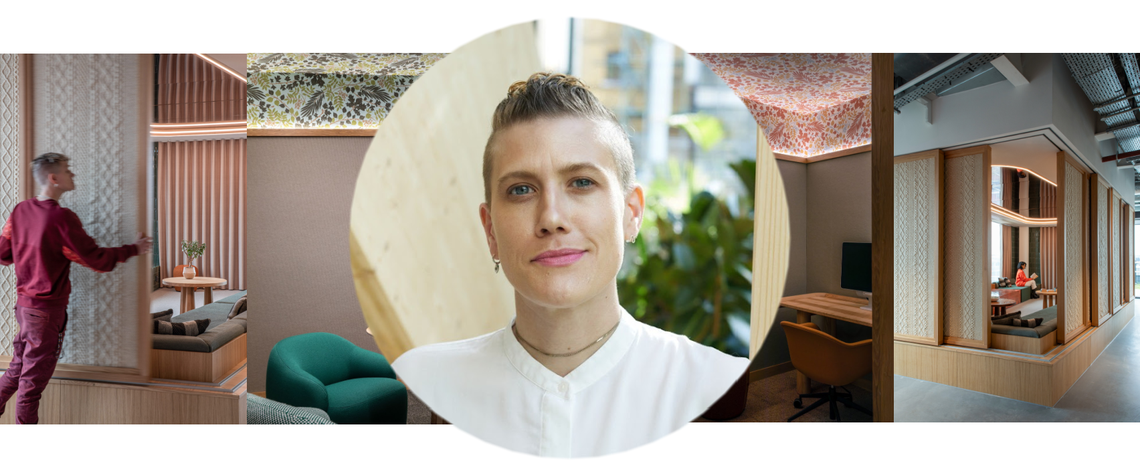
The foundation of these design considerations lies in designing intentionally for a neurologically diverse workforce. The traditional workplace with fluorescent lights, hard lines, arbitrary flow, inept acoustic treatment and no choice is unnecessary triggering for neurodiverse individuals. Provisions for choice of space are important; affording the ability to retire into a sheltered area with acoustic protection or escape into a zone flooded with natural light and connected to nature.
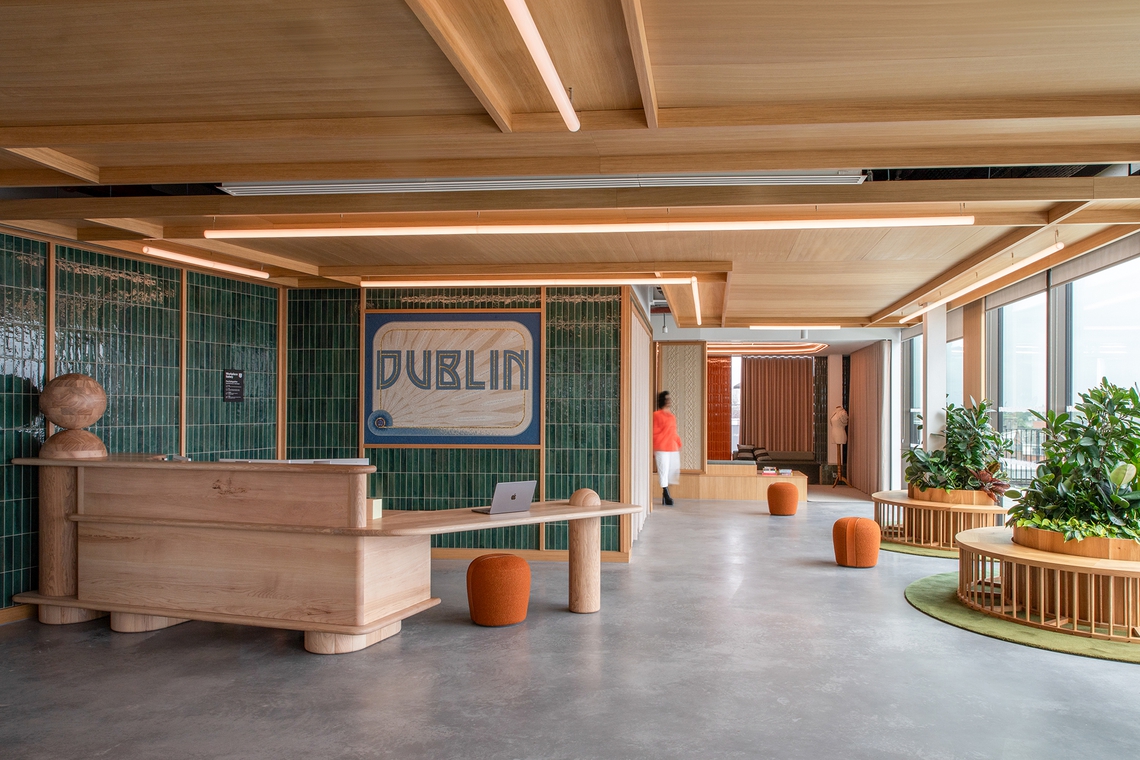
“Much like how sustainability addresses the environmental impact of design, wellness addresses the social and psychological impact of the spaces we create.” Says Megan, she continues illustrating that, “While sustainability focuses on creating environmentally friendly spaces, neurodiversity ensures that environments are inclusive and supportive for everyone, particularly those with neurodevelopmental differences. Recognizing neurodiversity means acknowledging that everyone experiences the world differently, with unique sensory, cognitive, and emotional needs. It promotes the idea that neurological differences are natural variations rather than deficits.”
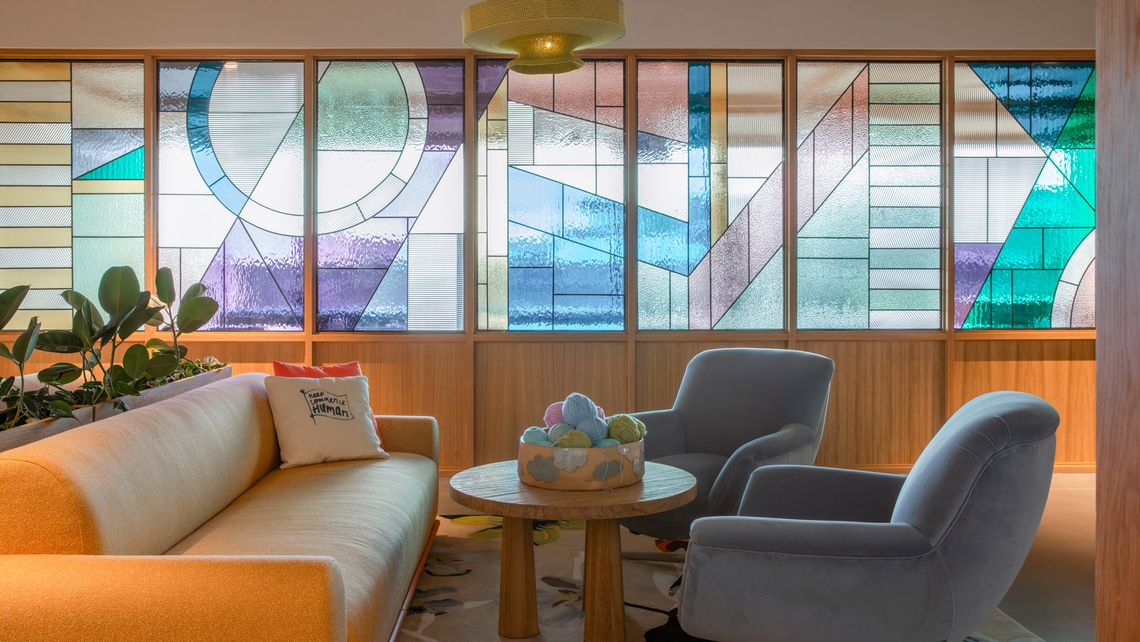
Sensory Processing Sensitivity refers to the heightened or altered processing response to external stimuli. Megan explains that “While neurotypical individuals might experience discomfort in a high-stimulus environment, the hypersensitive sensory processing of neurodiverse individuals can be overwhelming, causing sensory fatigue and sensory burnout.”
Measures to manage this generate from adaptability and flexibility. Moving away from a one-size-fits-all approach, planning in the autonomy of a space is crucial to empowering any user experiencing it the ability to adjust, personalize and take control of their environment. Having a range of work environments within the workplace, each incorporating sensory strategies, maximizes choices for the employees to achieve comfort and productivity.
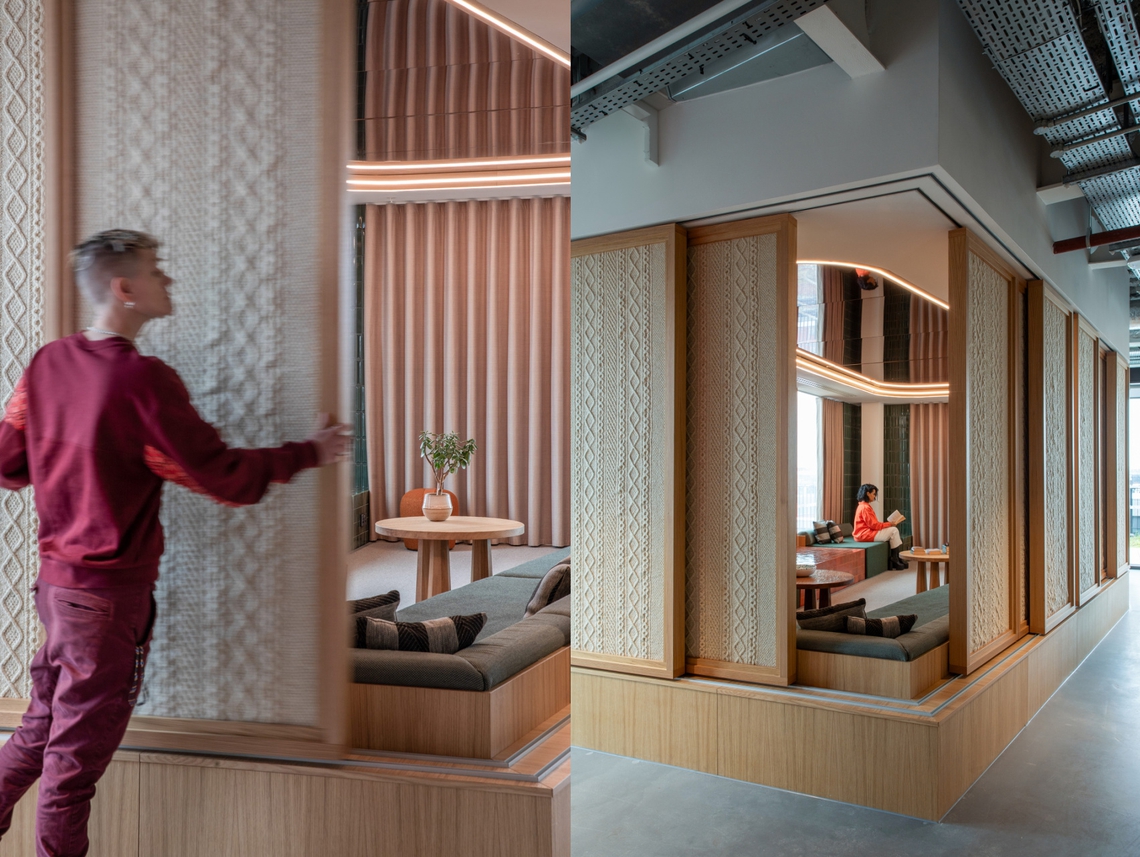
Simultaneously, each human sense receives signals and stimuli as it enters and experiences a space. Below Megan outlines each perception and how a workplace’s conscious design can affect how it is received universally.
Sight: Creating visually comfortable environments
Lighting, color schemes, and visual clutter
Optimizing visual elements for neurodiverse individuals involves using adjustable and natural lighting to reduce glare and eye strain, choosing calming color schemes that avoid overly bright or contrasting colors, and minimizing visual clutter by keeping spaces organized and using clear signage. These strategies help create a visually comfortable environment that reduces sensory overload and enhances focus and well-being.

Sound: Managing auditory stimuli
Acoustic design, noise control, and quiet zones
Acoustic design is crucial in managing auditory stimuli, which can be particularly distracting for neurodiverse individuals. Effective strategies include using sound-absorbing materials like carpets and acoustic panels, creating designated quiet zones or rooms, providing noise-cancelling headphones, and designing spaces with buffer zones to reduce noise transmission. These measures help create a more serene and focused work environment.
Touch: Considering tactile interactions
Textures, materials, and ergonomic furniture
The choice of textures, materials, and ergonomic furniture can significantly impact tactile comfort. Using soft and varied textures can provide a soothing sensory experience, while ergonomic furniture supports physical comfort and reduces bodily strain. For example, adjustable chairs, desks, and footrests can help accommodate different body types and ergonomic preferences, ensuring that everyone can work comfortably and effectively.

Taste & Smell: Enhancing olfactory and gustatory experiences
Air quality, scent-free policies, and microwave policies
Enhancing air quality through proper ventilation and air purification systems can reduce irritants and improve overall comfort. Implementing scent-free policies helps prevent sensory overload from strong smells, which can be distracting or triggering for some individuals. Thoughtfully designed break areas with access to fresh air, and contained microwave areas, should be considered as well.
“It is important to remember that these are just a selection of examples of varietal settings and optics to be considered on the design spectrum, and that the thing that strengthens the calm color schemes, for example, is having spaces with bright color schemes as well for individuals to choose between. It’s all about diversity.” Megan emphasizes.

Megan closes, she advises that “As society shifts its understanding of how the brain operates, the ways in which we design for those who are neurodivergent will also shift and evolve. The more we understand and accept the fact that it’s common for brains to work differently, the more we can go about designing spaces abundant with choice, variety, and built in flexibility that allow all to mentally thrive and do their best work.”
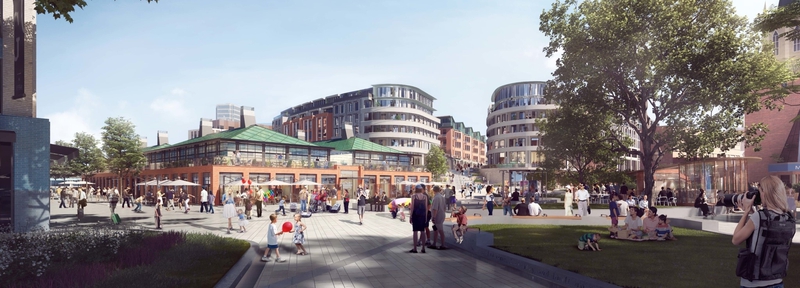






A focus to empower everyone through design and immersive experiences
TECHNOLOGIE & INFORMATIQUE
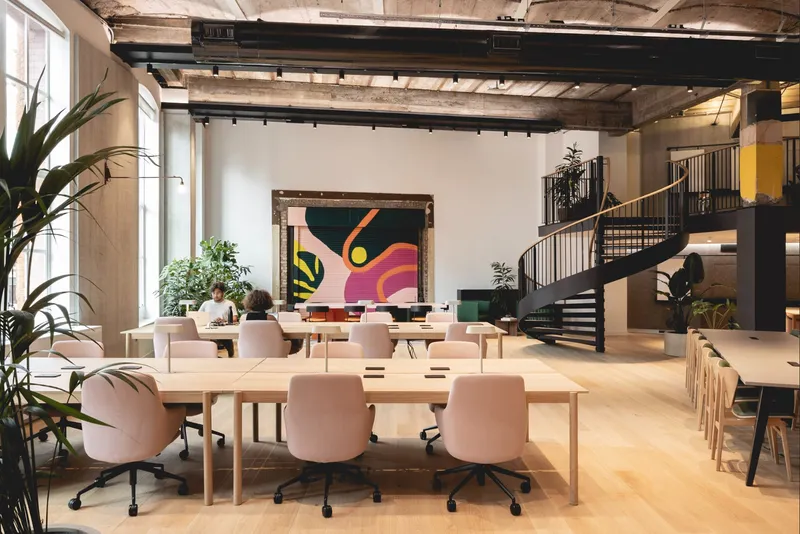
Edelman’s new home is a sustainable, socially supportive space which is highly aligned with the organisation’s brand an…
SERVICES PROFESSIONNELS
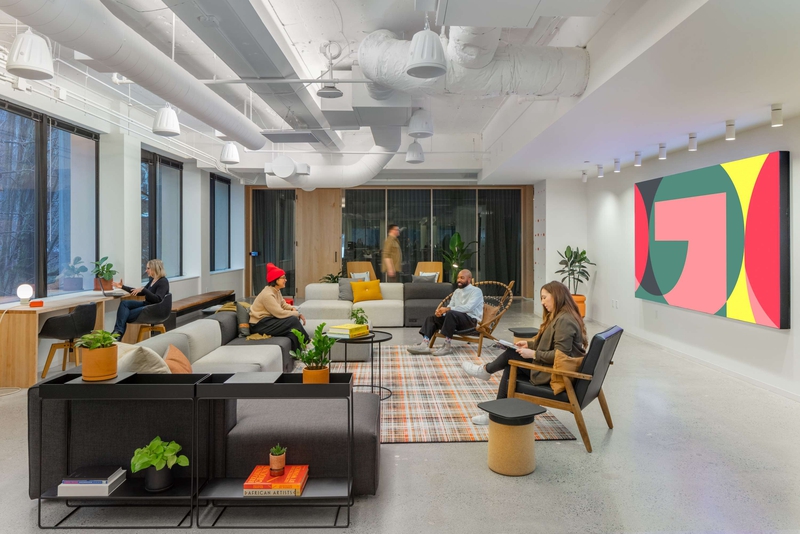
ARCHITECTURE & CONCEPTION